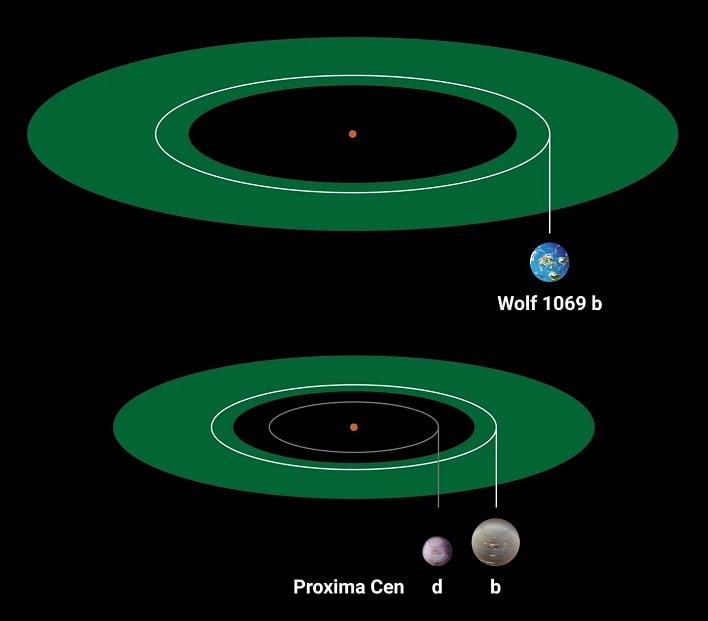Astronomers Discover A Habitable Alternative To Earth But Don't Pack Your Bags Just Yet
Finding an exoplanet that is within the habitable zone of a nearby star is exceptionally difficult. To date, out of the more than 5000 exoplanets that have been discovered, only about a dozen of those are located in what is referred to as the circumstellar habitable zone. This is where a planet is potentially capable of maintaining liquid water on the planet's surface. This makes finding Wolf 1069 b by a team of astronomers led by Max Planck Institute For Astronomy (MPIA) scientist Diana Kossakowski even more extraordinary.
The new research, published in the journal Astronomy & Astrophysics, indicates Wolf 1069 b is more than likely tidally locked to its path around its parent star. However, the team believes the exoplanet could still be habitable on a "wide area of its dayside." The astronomers used computer simulations using complex climate models to determine the planet could maintain "moderate temperatures and surface liquid water for a wide range of atmospheric conditions and surface types."

Wolf 1069 b is the sixth closest Earth-mass planet believed to reside in a habitable zone of its host star. This places the exoplanet in an elite group of other exoplanet targets to search for biosignatures. However, the ability to detect biosignatures on planets 31 light-years away is still beyond the capabilities of astronomical research. While Kossakowsi believes that we will have to wait another ten years for this ability, the Extremely Large Telescope (ELT) under construction in Chile could potentially characterize the conditions of those planets.

